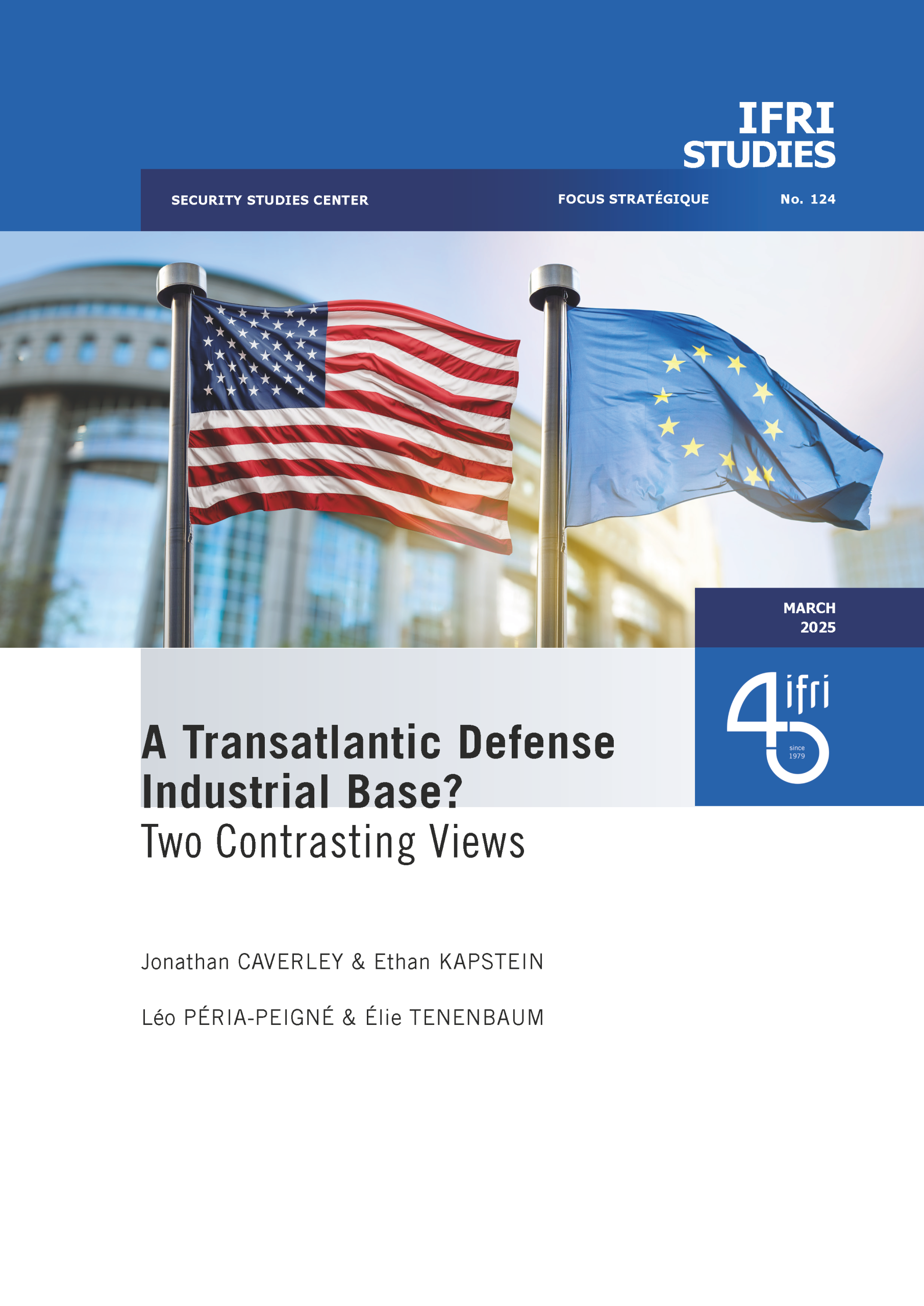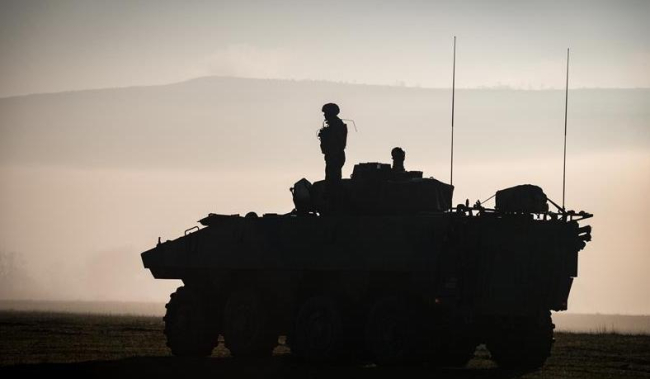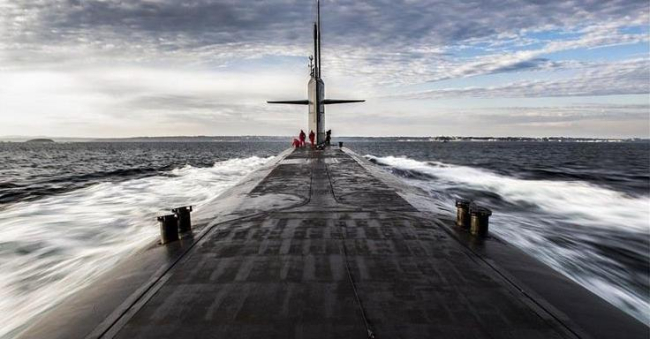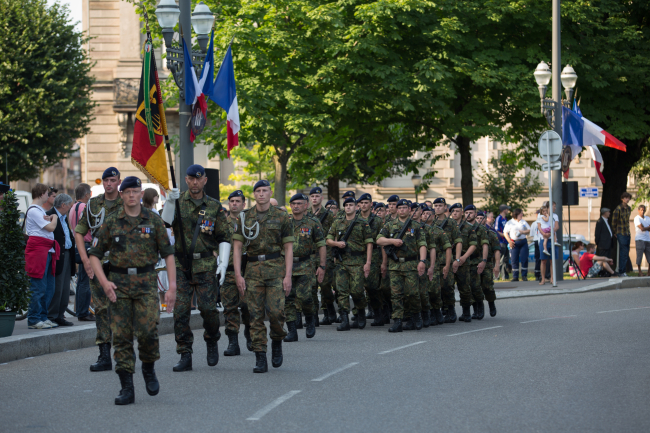The NPT and the Origins of NATO’s Nuclear Sharing Arrangements
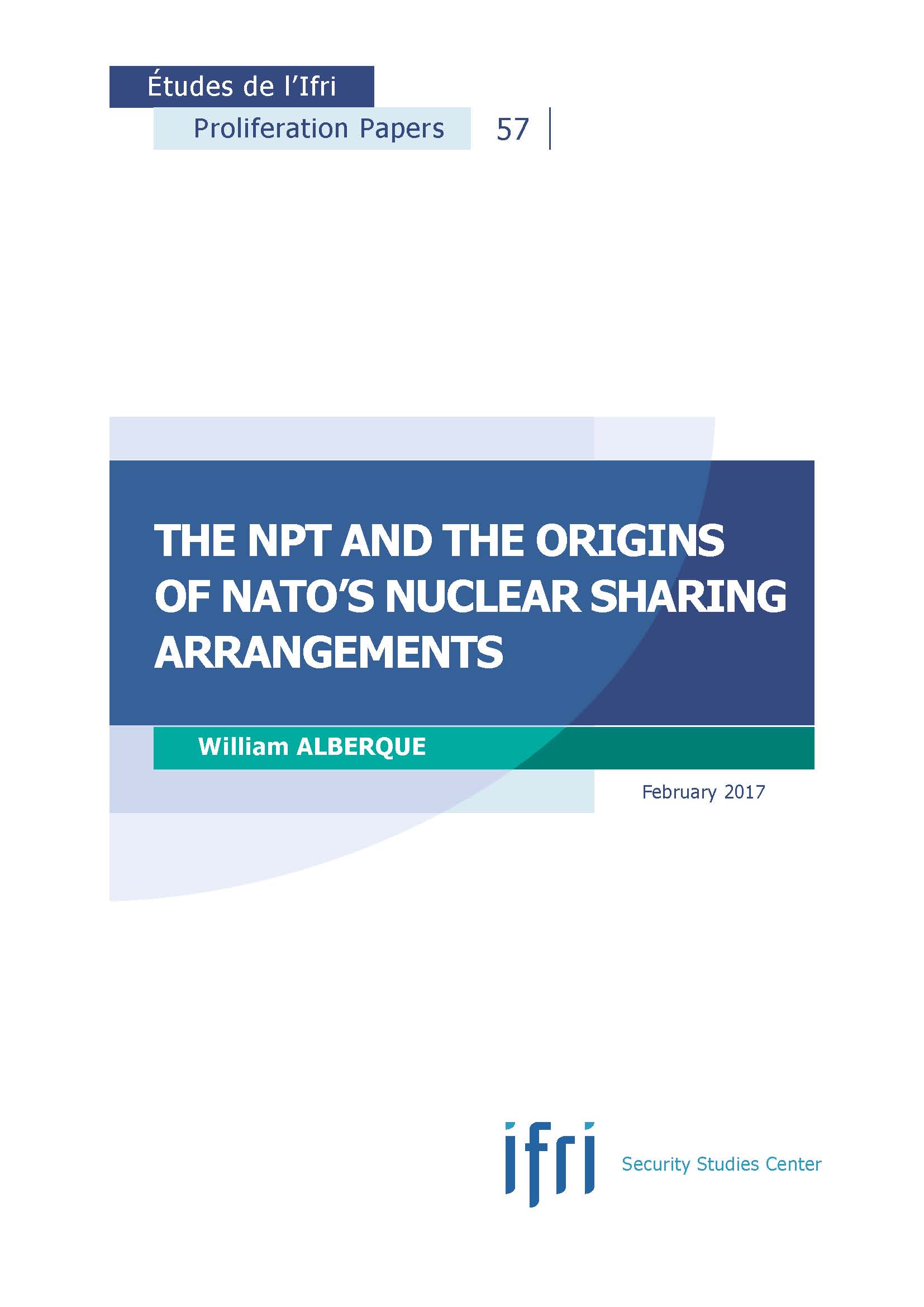
Russia has recently accused the United States and NATO Allies of violating the Treaty on the Non-Proliferation of Nuclear Weapons (NPT) by arguing that NATO's nuclear sharing arrangements are not permitted under the Treaty.
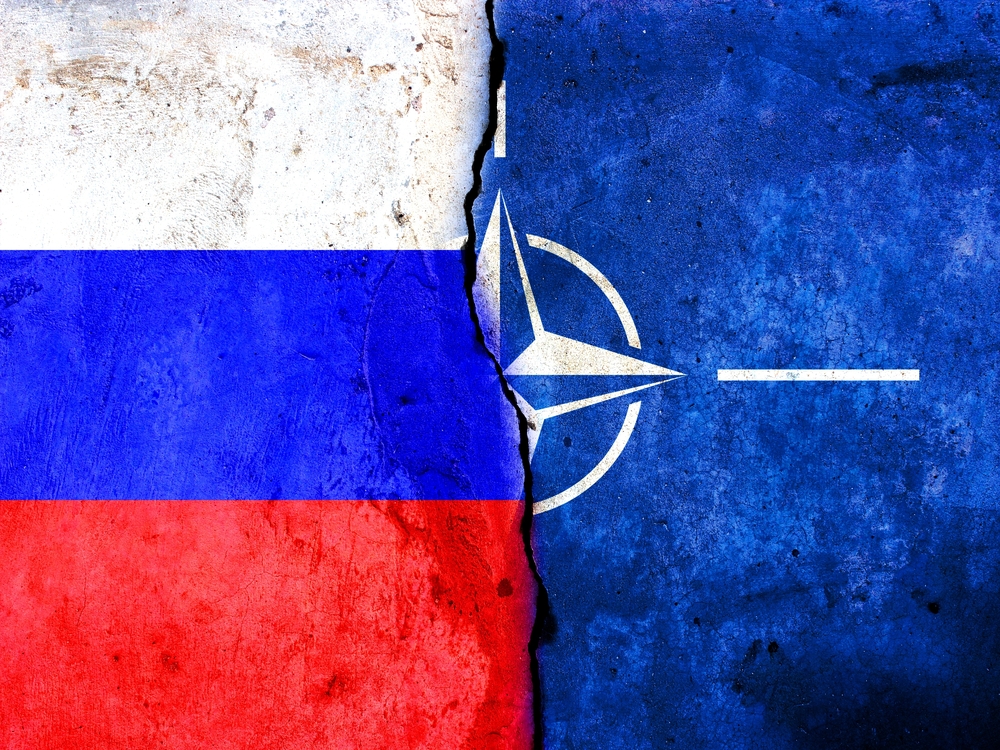
On the contrary, the historical record shows that the text of the NPT was crafted by the US and the USSR, in close cooperation, precisely so that NATO's arrangements would be compatible with Treaty obligations – while also constraining the ability of non-nuclear states to acquire nuclear weapons. This paper shows how the US and USSR negotiated Articles I and II – the critical parts of the NPT pertaining to nuclear weapons proliferation. The US explored multiple options and sought to balance several (sometimes conflicting) objectives during these negotiations, from managing its key bilateral relationships (particularly with the USSR and West Germany), to strengthening NATO's defensive capacity and credibility, and, finally, to preventing the further spread of nuclear weapons. Ultimately, the NPT proved successful because the final text proved satisfactory to alleviate the concerns of all parties involved – the superpowers, NATO, the Warsaw Pact and the neutral non-aligned countries.

Available in:
Regions and themes
Share
Download the full analysis
This page contains only a summary of our work. If you would like to have access to all the information from our research on the subject, you can download the full version in PDF format.
The NPT and the Origins of NATO’s Nuclear Sharing Arrangements
Related centers and programs
Discover our other research centers and programsFind out more
Discover all our analysesThe Franco-German Brigade and the Revival of European Defense
One thing has been clear since Donald Trump's return to the White House: the very existence of the European unification project is threatened. Unless it develops a sovereign defense policy to counter the war in Ukraine and the weakening of American security guarantees, the European Union will continue to see its internal cohesion and external attractiveness wane.
Taking the Pulse: Can Europeans Build Their Independent Extended Nuclear Deterrent?
Confronted with a U.S. disengagement and the Russian threat, Europeans are reconsidering their stance on nuclear deterrence. Given the capabilities of the French and British arsenals, can Europe develop an independent nuclear deterrent?
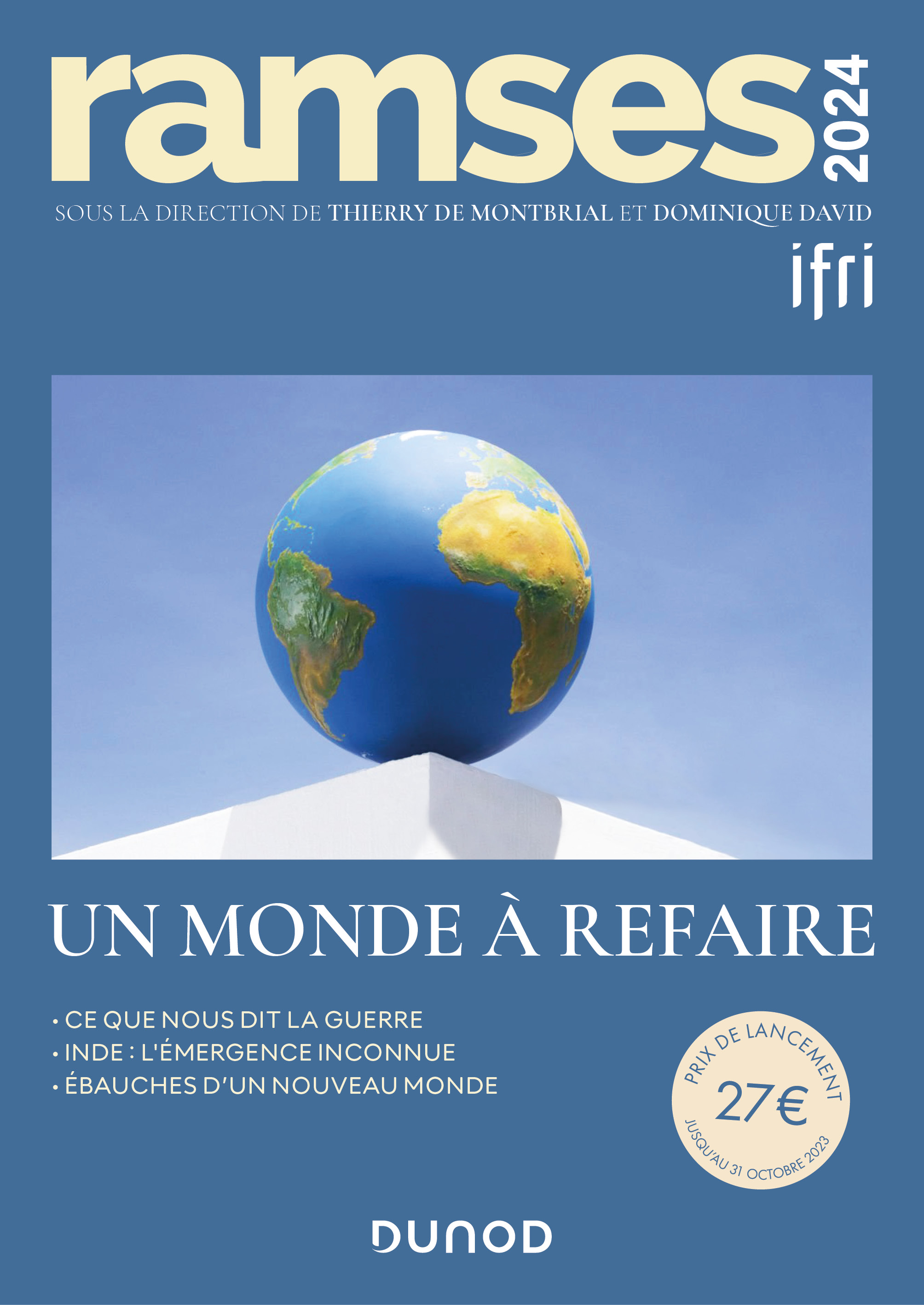
RAMSES 2024. A World to Be Remade
For its 42nd edition, RAMSES 2024 identifies three major challenges for 2024.
A Transatlantic Defense Industrial Base? Two Contrasting Views
The evolving landscape of global defense cooperation has brought the transatlantic relationship between the United States (US) and Europe into sharp focus. As geopolitical tensions rise and the threat environment becomes more complex, the question of how Europe can best ensure its security while navigating its relationship with the United States has become paramount. This double feature report offers two contrasting views on the dynamics of US-Europe defense industrial relations, highlighting the challenges and opportunities that lie ahead for both parties.


